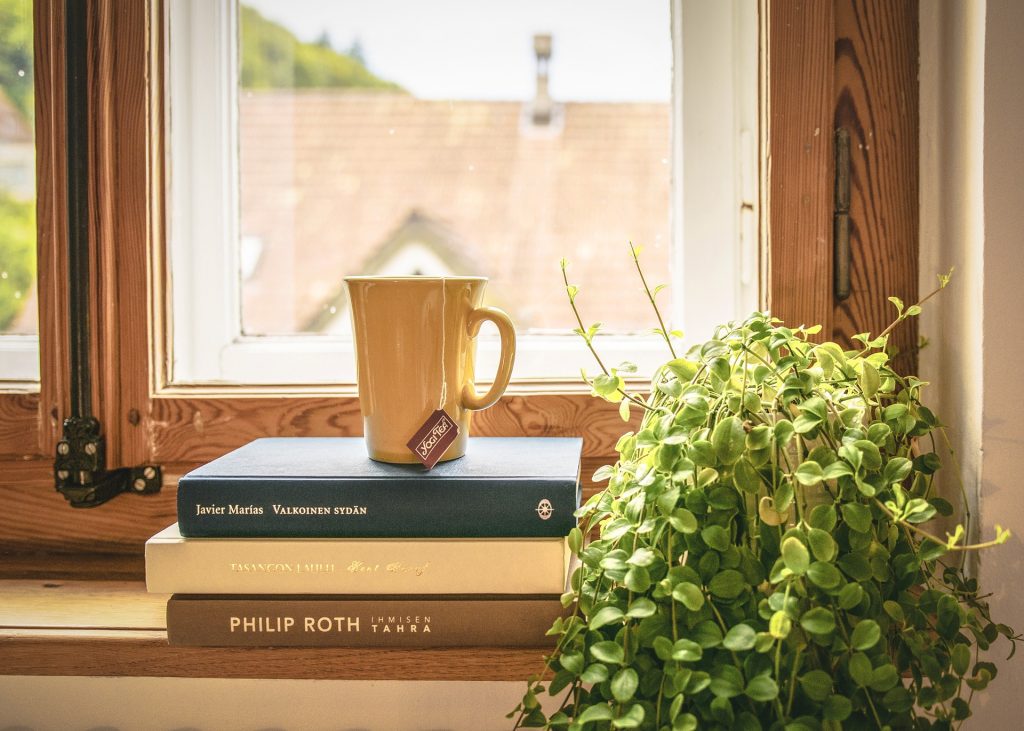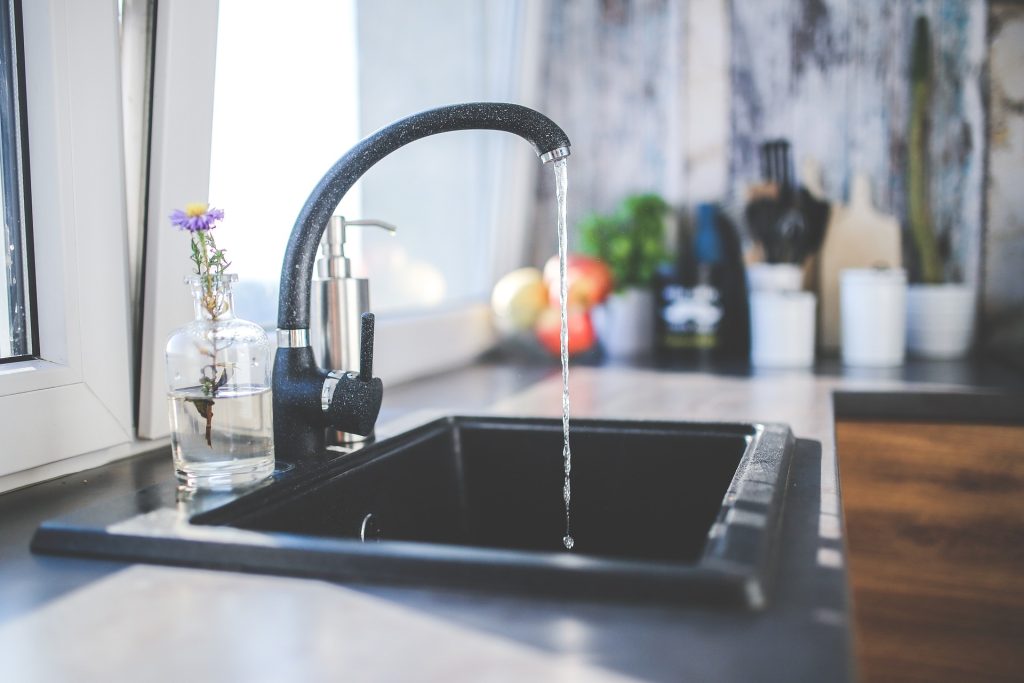
Feeling overwhelmed by all the chemicals and toxins in your home? You’re not alone! But don’t worry, there are some easy steps you can take to create a healthier living space for you and your family. Here are some simple tips to help you detox your home.
1. Switch to Natural Cleaning Products
Most cleaning products are loaded with harsh chemicals that can irritate your skin, lungs, and even trigger allergies. The good news? There are plenty of natural alternatives that work just as well! Look for products made from plant-based ingredients that are free of toxic chemicals. You can even make your own cleaners using everyday items like vinegar, baking soda, and lemon.
Check out The Top Benefits of Natural and Chemical Free Cleaning Products: DIY Recipes and Eco-Friendly Picks.
2. Improve Your Indoor Air Quality
Indoor air can be full of pollutants from things like paints, furniture, and even dust. An easy way to improve the air quality in your home is to add some houseplants. Plants like spider plants, peace lilies, and snake plants are great at filtering out toxins and providing fresh oxygen.
Tip: Keep windows open when possible to let fresh air circulate and reduce indoor pollutants.
3. Use a Water Filter
Did you know that tap water can contain chlorine, lead, and other contaminants? Installing a water filter is an easy way to ensure that the water you drink is clean and safe. There are many types of filters to choose from, including under-sink systems, countertop filters, and water filter pitchers.
The Waterdrop Electric Water Filter, ED01 Countertop Water Filtration System is a great option that’s easy to use and highly effective at removing harmful substances from your drinking water.
4. Choose Non-Toxic Cookware
Your pots and pans might be releasing harmful chemicals into your food! Non-stick cookware often contains toxic chemicals that can leach into your meals, especially at high temperatures. Instead, opt for non-toxic cookware like stainless steel, cast iron, or ceramic. These options are not only safer but also durable and long-lasting.
Tip: When buying new cookware, look for products labeled as PFOA-free and PFAS-free, which means they don’t contain harmful chemicals.
5. Get Rid of Synthetic Fragrances
Many air fresheners, candles, and scented products contain synthetic fragrances that can be harmful to your health. These chemicals can cause headaches, dizziness, and respiratory problems. Instead, choose products made with natural essential oils. They smell great and won’t harm your health!
Try this Set of Natural Essential Oils for a safer way to keep your home smelling fresh.
6. Reduce Plastic Use
Plastics can leach harmful chemicals into your food, especially when heated. Try to reduce the amount of plastic you use in your home by switching to glass, stainless steel, or silicone alternatives. This includes things like food storage containers, water bottles, and even kitchen utensils.
Tip: Start by replacing plastic food containers with glass ones. They’re safer and last much longer.
7. Go Green with Your Laundry
Laundry detergents and fabric softeners often contain harmful chemicals that can irritate your skin and harm the environment. Switching to eco-friendly laundry products can make a big difference. Look for detergents that are free from phosphates, dyes, and synthetic fragrances. You can also try wool dryer balls instead of chemical-laden dryer sheets—they naturally soften clothes and reduce static.
Check out The Complete Guide to Natural Washing Detergent: Eco-Friendly and Effective
Tip: Wash clothes in cold water whenever possible to save energy and reduce your environmental impact.
8. Avoid Pesticides and Chemical Fertilisers
Many household pesticides and fertilisers contain harmful chemicals that can linger in your home and garden. These substances can pose risks to your health, pets, and the environment. Instead, opt for natural pest control methods and organic gardening practices. For example, introducing beneficial insects like ladybugs can help control pests without the need for harmful chemicals.
Tip: Make your own natural pesticide using a mixture of water, dish soap, and neem oil.
9. Purge the Plastics from Your Pantry
Many packaged foods come in plastic containers that can leach harmful chemicals, like BPA, into your food. To detox your pantry, start by transferring dry goods, like rice, pasta, and cereals, into glass or stainless steel containers. This not only reduces exposure to toxins but also keeps your pantry organised and food fresher for longer.
Tip: Look for BPA-free packaging when buying canned goods, as many cans are lined with BPA-containing plastic.
10. Choose Low-VOC Paints and Finishes
If you’re planning a home renovation or even just a small DIY project, be mindful of the paints and finishes you use. Many traditional paints release volatile organic compounds (VOCs) into the air, which can contribute to indoor air pollution and cause respiratory issues. Low-VOC or zero-VOC paints are a healthier choice for your home and the environment.
Tip: Always paint in a well-ventilated area and allow plenty of time for the paint to cure before occupying the space.
11. Declutter and Dust Regularly
Dust can accumulate toxins, including chemicals from furniture, electronics, and other household items. Regularly dusting and decluttering your home can help reduce your exposure to these toxins. Use a damp cloth to wipe down surfaces and consider using a vacuum cleaner with a HEPA filter to trap dust and allergens.
Tip: Don’t forget to dust hidden areas like behind furniture and under beds where dust tends to accumulate.
Conclusion
Detoxing your home is a gradual process, but every small change makes a big difference. By adopting these additional tips, you’ll continue to create a healthier, more eco-friendly living space for you and your loved ones. Start with one or two changes, and before you know it, your home will be a safe haven, free from harmful toxins and chemicals.


